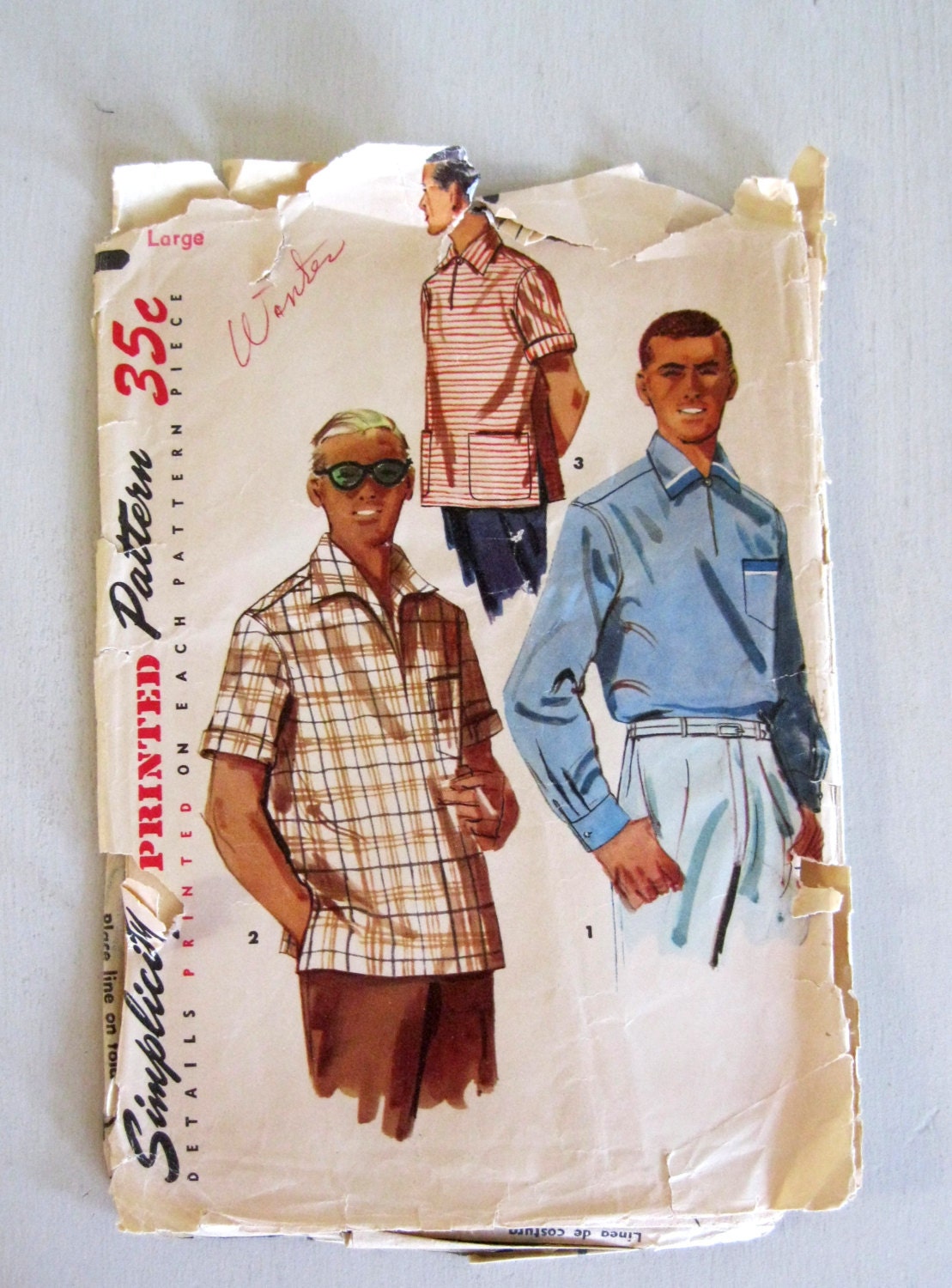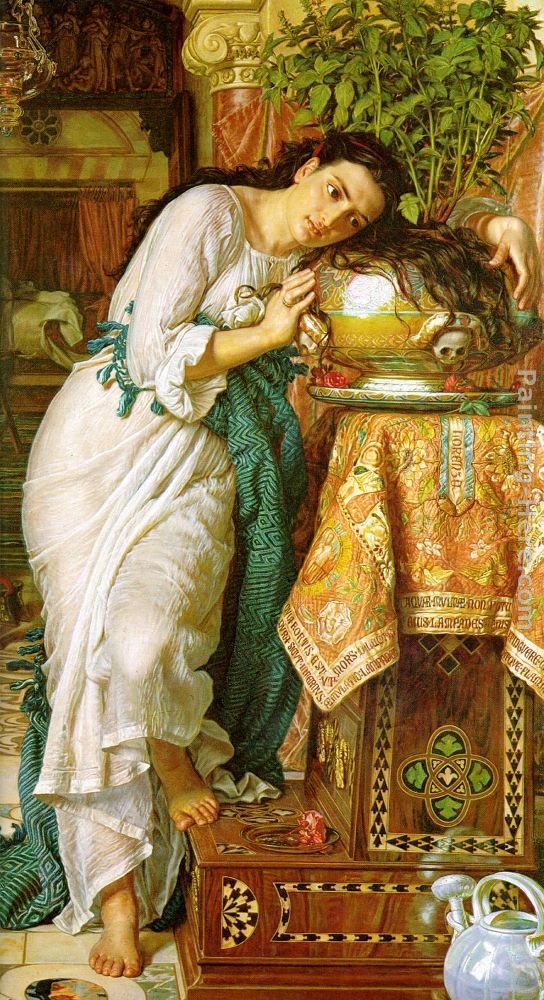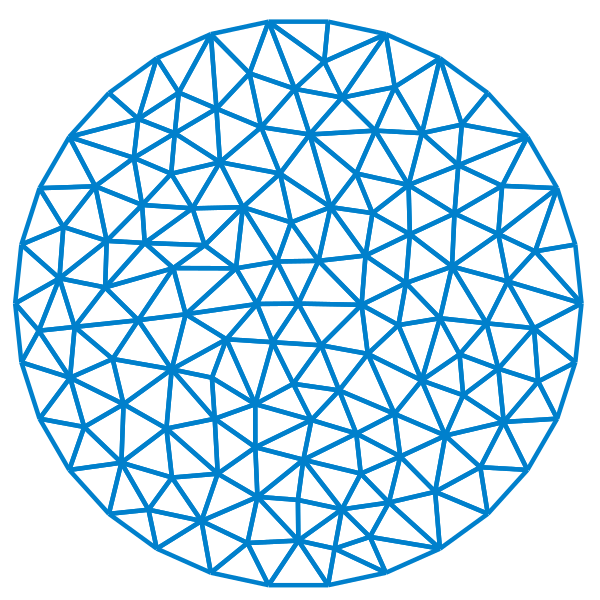
I have very specific memories and associations linked with fabric; it's inclusive in the way I experience textiles. Recently I took pictures of the fabrics in a couple of quilts my mom made in the sixties. She would have called them "nothing special" quilts, meaning they were made for everyday use-- simple 9-square blocks put together with no particular plan. It's interesting for me to see what I was looking at on a daily basis growing up, and think about how that's shaped my love of fabric and prints.
Case and point, the black and white fabric above is a good example of the "handpainted" prints popular in the fifties, like the Eduardo Paolozzi textiles below.

Something about this fabric with bicycles,

rocking chairs

and teapots-- random objects floating through gray squares-- reminded me of the things flying by the window in Dorothy's dream in the Wizard of Oz.
(you can watch it here if the video doesn't come up)

These scream men's shirts from the fifties.




These remind me of the seashore and sailing.

Geometrics are paired with florals

..these medallions and hand-painted greenery brought to mind

the basil I planted recently, which is flourishing just like Lisabetta's in Boccaccio's Decameron.
Day IV, Novella 5.
Lisabetta’s brothers slay her lover: he appears to her in a dream, and shews her where he is buried: she privily disinters the head, and sets it in a pot of basil, whereon she daily weeps a great while. The pot being taken from her by her brothers, she dies, not long after.
...read more of the story here .

This is William Holman Hunt's painting of Keat's version of the story.
Unlike Lisabetta, I credit the health of my plant to Miracle Gro soil, not to my lover's head buried in the pot.







